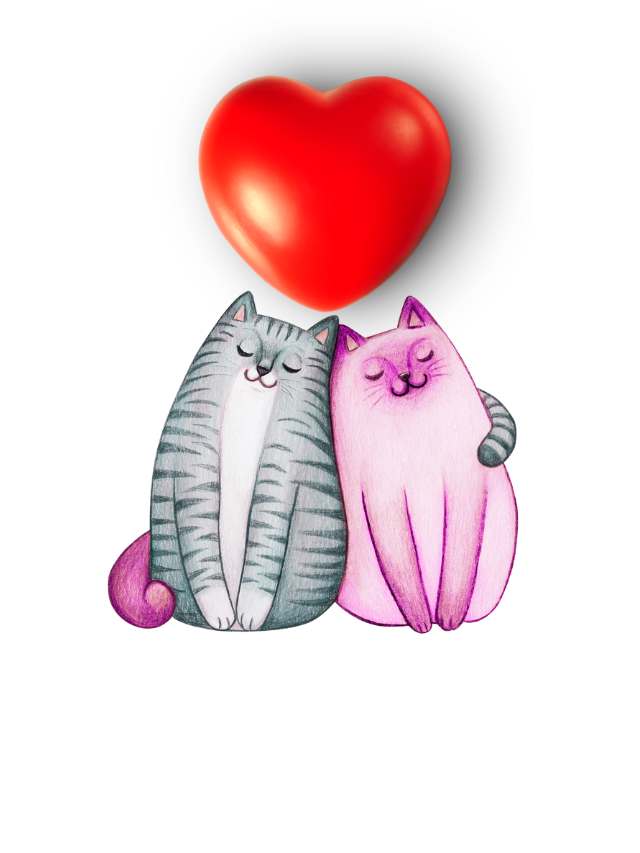Romeo and Juliet Classic Love Story
Romeo and Juliet is a classic love story written by William Shakespeare. The story takes place in the city of Verona, where two rival families, the Montague’s and the Capulet’s, have been feuding for generations. The story follows the young and passionate Romeo Montague and Juliet Capulet, who fall deeply in love despite the ongoing feud between their families.

The story begins with a street brawl between the Montague’s and Capulet’s, which is broken up by the Prince of Verona. The Prince threatens to punish any further fighting between the two families. Romeo, who is deeply infatuated with a woman named Rosaline, is heartbroken when she refuses to return his love. In an attempt to forget Rosaline, Romeo attends a Capulet party where he meets and instantly falls in love with Juliet. The two begin a secret romance, knowing that their families will never approve.
As their love deepens, Romeo and Juliet are forced to make difficult choices. Romeo kills Juliet’s cousin Tybalt in a duel, leading to his banishment from Verona. Juliet is forced to marry another man, Paris, by her family. Desperate to be together, Juliet takes a potion that puts her into a deathlike sleep, in the hope that Romeo will find her and take her away. Romeo, upon hearing of Juliet’s death, returns to Verona and finds Juliet’s tomb. Believing Juliet to be dead, Romeo takes his own life. Juliet awakens from her potion to find Romeo dead beside her. She chooses to join him in death, thus ending the feud between their families.
Throughout the play, Shakespeare uses imagery and metaphors to convey the depth of Romeo and Juliet’s love. For example, in Act 2 Scene 2, Romeo says, “O, she doth teach the torches to burn bright!” This line is a metaphor for Juliet’s beauty and how it has set Romeo’s heart on fire. Similarly, Juliet compares Romeo to the sun, saying “Arise, fair sun, and kill the envious moon.” This is a metaphor for how Romeo’s love has brought light into Juliet’s life and made her previous love pale in comparison.
The tragic ending of Romeo and Juliet serves as a warning about the destructive nature of feuds and the power of young love. Shakespeare’s use of imagery and metaphor helps to convey the intensity and purity of Romeo and Juliet’s love. The story is a timeless tale of love, loss, and sacrifice that continues to be celebrated and performed to this day. The play has been adapted into countless films, operas, and ballets, and its themes of love, fate, and tragic consequences continue to resonate with audiences of all ages.
In Romeo and Juliet, Shakespeare also explores themes of fate and free will. The play suggests that the characters are driven by fate to their tragic end, but also suggests that their actions are a result of their own choices. For example, Romeo’s banishment from Verona is a result of the choices he makes, but it also leads to the tragic end of the play. Similarly, Juliet’s decision to take the potion and pretend to be dead also leads to the tragic end, but it also suggests that the characters have some control over their fate.
In conclusion, Romeo and Juliet is a timeless story of love and sacrifice that continues to resonate with audiences of all ages. Shakespeare’s use of imagery and metaphor helps to convey the intensity and purity of Romeo and Juliet’s love, while also exploring themes of fate and free will. The play serves as a warning about the destructive nature of feuds and the power of young love, and its tragic ending will always be remembered as a classic example of Shakespeare’s masterful storytelling.





